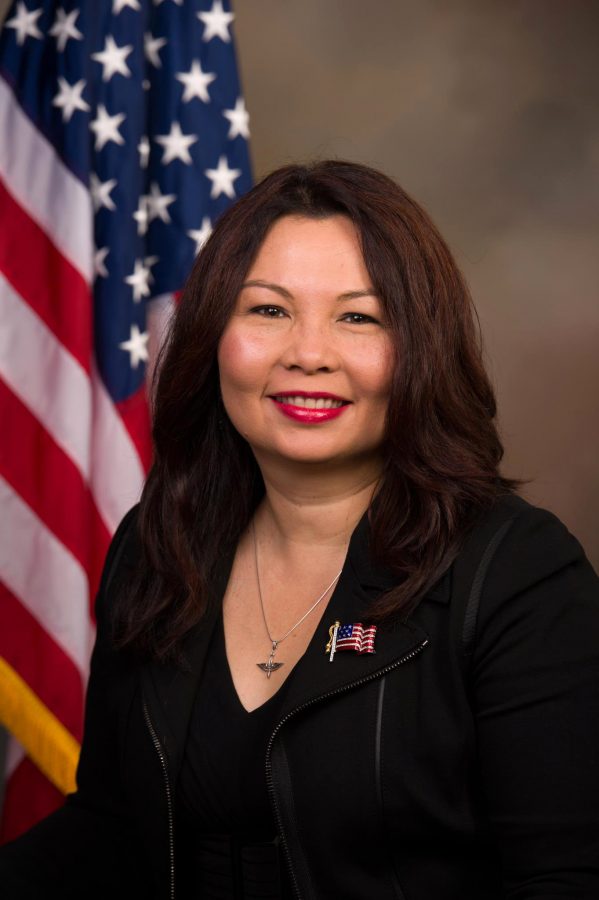#StillWithHer: Women Elected to Government Positions Despite Clinton Loss
Hillary Clinton’s historic presidential nomination left the world watching, millennials clinging to their social media feeds, and celebrities across the country chanting; “I’m with Her.”
On November 8th, 2016, Clinton fell 38 electoral votes short of becoming the first female President of the United States. Less well known? Over 100 women- including a record number of female minorities- were elected to Congress the same day, along with many others in government leadership positions.
California Senator-elect Kamala Harris became the second-ever black female Senator, Nevada Senator-elect Catherine Cortez Masto became the first female Latina Senator, and Illinois Senator-elect Tammy Duckworth joined Hawaii Senator Mazie Hirono in becoming the only female Asian American Senators.
Not everyone is pleased with these results. As the November 12 episode of Saturday Night Live pointed out, perhaps these records don’t show much progress after all. As Colin Jost leaned back in his chair to watch the list of women minorities elected during the Weekend Update segment, he had little time to relax. Less than a second later the list- consisting of the four women above- had ended. “That was it?” he asked. “That was the record?”
Senior Grace Quisenberry hopes to study political science in college, and followed this past election with a mix of hope and fear. “I feel both encouraged and discouraged to pursue a career in politics now,” she said. “I want to prove to the country and myself that you don’t need to be a straight white Christian man to run our country, but [this election] leaves me wondering what I could actually accomplish.”
Women now hold roughly 19% of Congress positions, compose 20 of the 100 state senators, and make up only 6 of the 50 state governors.
According to an article by Katrin Benhold and Rick Gladstone for The New York Times on November 10, more than 70 other nations have been led by women. “Some scholars say that European democracies may view women as more suited to high political office because their governments are known for generous social-welfare programs, something that seems maternal,” write Benhold and Gladstone. “In contrast, the President of the United States is primarily seen as commander in chief, which is a frame more difficult for women to fit into.”
In Oregon this year, Kate Brown became the first openly LGBT governor in history. In an interview with Amber Phillips for The Washington Post on November 10, 2016, Brown said, “We have taken steps forward, and we have had to take steps back… I know that in the end, we will continue to move forward, and we will continue to move in the direction of justice and equality.”
Brown has worked for more than 25 years to help the state of Oregon raise the minimum wage, increase education funding, give paid sick leave to workers, and pass clean energy legislation.
“The historic wins for women and minorities- such as Kate Brown in Oregon- show that while our country may be lagging, portions of the country are becoming more and more accepting,” said Quisenberry.
Clinton hasn’t lost hope for the next generation of women in politics, either. “We have still have not shattered that highest and hardest glass ceiling. But some day, someone will,” tweeted Clinton on November 9, 2016. “[And] to all the little girls watching… never doubt that you are valuable and powerful & deserving of every chance & opportunity in the world.”








